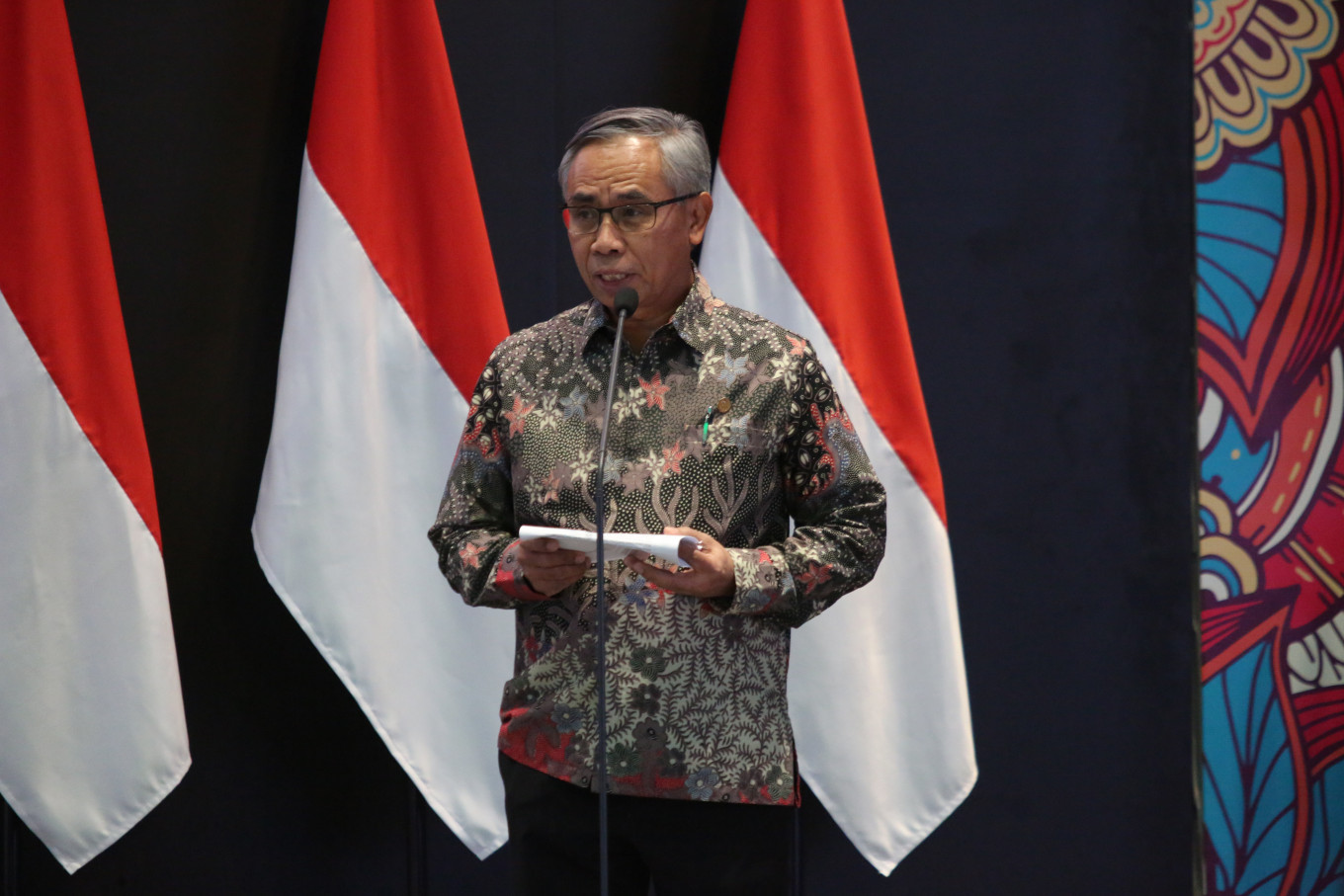OJK launches green finance taxonomy
The taxonomy helps financiers decide how environmentally damaging a business' operations are.
Change text size
Gift Premium Articles
to Anyone

T
he Financial Services Authority (OJK) has launched a green finance taxonomy, the much-awaited guidelines for financiers wanting to invest in Indonesia's green economy, as the government seeks to bump up the country's green credentials.
Launched on Jan. 20, the taxonomy lays out the terms to determine how environmentally damaging a business's operations are in Indonesia. The OJK classifies environmental damage into three tiers: green meaning the operations either protect or improve the environment, yellow meaning they do no significant harm and red meaning they are harmful.
OJK chairman Wimboh Santoso said this first version of the taxonomy covered 919 business sectors and subsectors, but the regulatory body aimed to eventually cover 2,733 sectors and subsectors listed under the Indonesia Standard Industrial Classification (KBLI).
“The Green Taxonomy, which will be launched by the President, will serve as a guide for policy-making, including incentives and disincentives, from various ministries and institutions including the OJK,” he said during a launch ceremony, referring to President Joko "Jokowi" Widodo.
Eight ministries helped the OJK compile the taxonomy including the Energy and Mineral Resources Ministry, the Agriculture Ministry and the Environment and Forestry Ministry.
Read also: Jokowi signs carbon-pricing regulation
The launch of the rulebook makes Indonesia the second ASEAN country after Malaysia to have a green taxonomy. Currently, only a few countries such as China and those in the European Union have such taxonomies.
The taxonomy adds to a list of Indonesia’s new green drives, such as a carbon tax under the Harmonized Tax Law, a carbon pricing scheme under Presidential Regulation No. 98/2021 and tax cuts on electric cars.
Read also: Green, digital, downstream: Jokowi’s new economic strategy
Jakarta-based environmental nonprofit Transformasi untuk Keadilan (TuK) Indonesia said on Thursday that the launch of the rulebook was a small step forward, but implementing it would be challenging.
TuK Indonesia executive director Edi Sutrisno noted that Indonesia's economy was still dependent on natural resource industries and since the green taxonomy was new, many stakeholders, including ministries and agencies, would need time to understand the rulebook.
“There are some principles written in this document that are legally binding in other regulations. Therefore, there are many regulations that still need to be issued [to fully implement the taxonomy],” he said.
Despite its flaws, the document could still be useful for financiers to learn about businesses and industry operational standards, he said.









